Last Updated on February 26, 2024 by Marian Jones
Amid all the art and culture in Florence, the story of Galileo is a reminder that the city also has a special place in the history of science. This episode includes a brief biography, including his links to the Medici family, his early successes, and his controversial dispute with the catholic church. We also mention the places in Florence where he can be ‘found’ today, ie Santa Croce, where his tomb is, and at the Galileo Museum which tells the story of science in Florence, before, during and after his lifetime.
the man


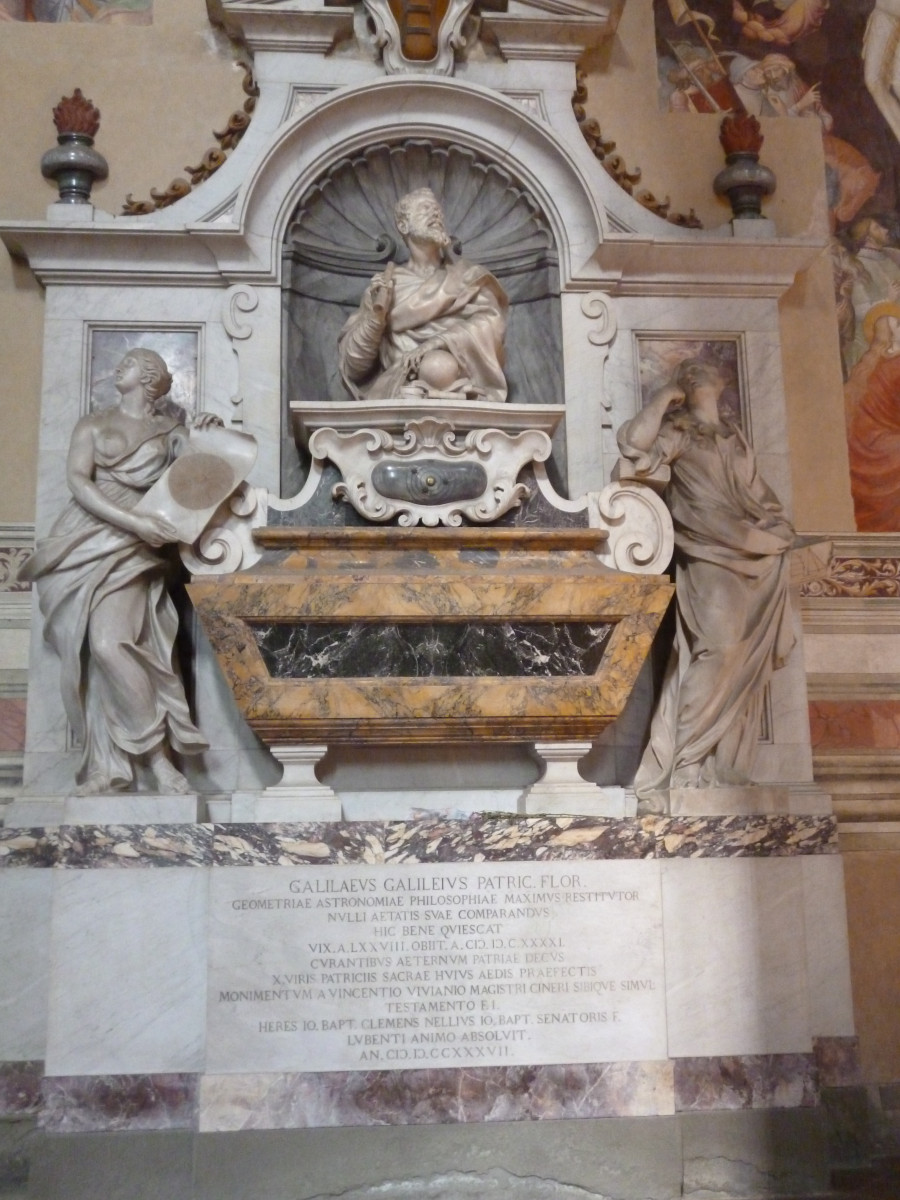
Galileo was born in Pisa in 1564, and taught at the University of Padua, but he lived mainly in Florence. Not much is known about his early life, but he must have been clever and well educated because at 25 he was Professor of Mathematics at Padua! His invention of a ‘compass’ – actually an early form of calculator which could calculate compound interest and work out the best size of ball for any given canon – gained him much respect. He named both it and the 4 stars of Jupiter he discovered with a telescope he invented after the Medici family and this paid off when he was appointed as the official Philosopher and Mathematician to Grand Duke Cosmo II.
the Controversy
Galileo was developing a formidable reputation throughout Europe, especially because of his book Siderius Nuncius, (Messenger of the Stars), which described the Milky Way, something no-one had done before. But another of his publications, De Revolutionibus Orbium Coelestium attracted criticism. After much thinking, measuring and testing, he felt sure that Copernicus had been right to state that the sun was at the centre of the universe and that the earth and other planets revolved around it. But this idea was deemed incompatible with Christian teaching and put him in direct opposition to the church authorities. A trial followed.
the trial
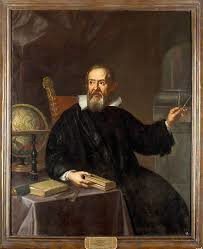
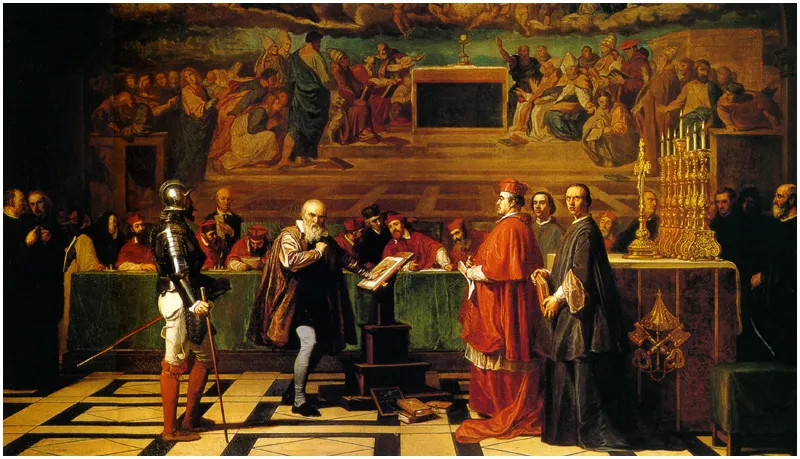
In 1633, Galileo was called to Rome by Pope Urban VIII, put on trial and found guilty of heresy. Dressed in a white robe to show penitence, the elderly man – he was now 70 – was forced to confess in front of the court that he believed ‘all that is held, preached and taught by the Holy Catholic and Apostolic Church’ and that he would renounce the ‘false doctrine’ he had supported and ‘never again say, nor assert such things.’ One ambassador pleaded for mercy on Galileo’s behalf, but reported that ‘His Holinesss again said he thinks there is no way out and may God forgive Signor Galilei for having meddled with these subjects.’
Galileo was imprisoned in Rome, although eventually allowed to serve out his sentence under house arrest in a villa in the hills outside Florence, where he kept writing and studying until his death in 1642. It’s said that Galileo continued to assert his theory, perhaps using the words ‘Eppur, si muove’, ‘but still it moves’. Of course he was eventually proved completely right, but only in 1992, over 350 years later, did the church admit it had been wrong when Pope John Paul II spoke of a ‘tragic mutual incomprehension.’
remembering galileo

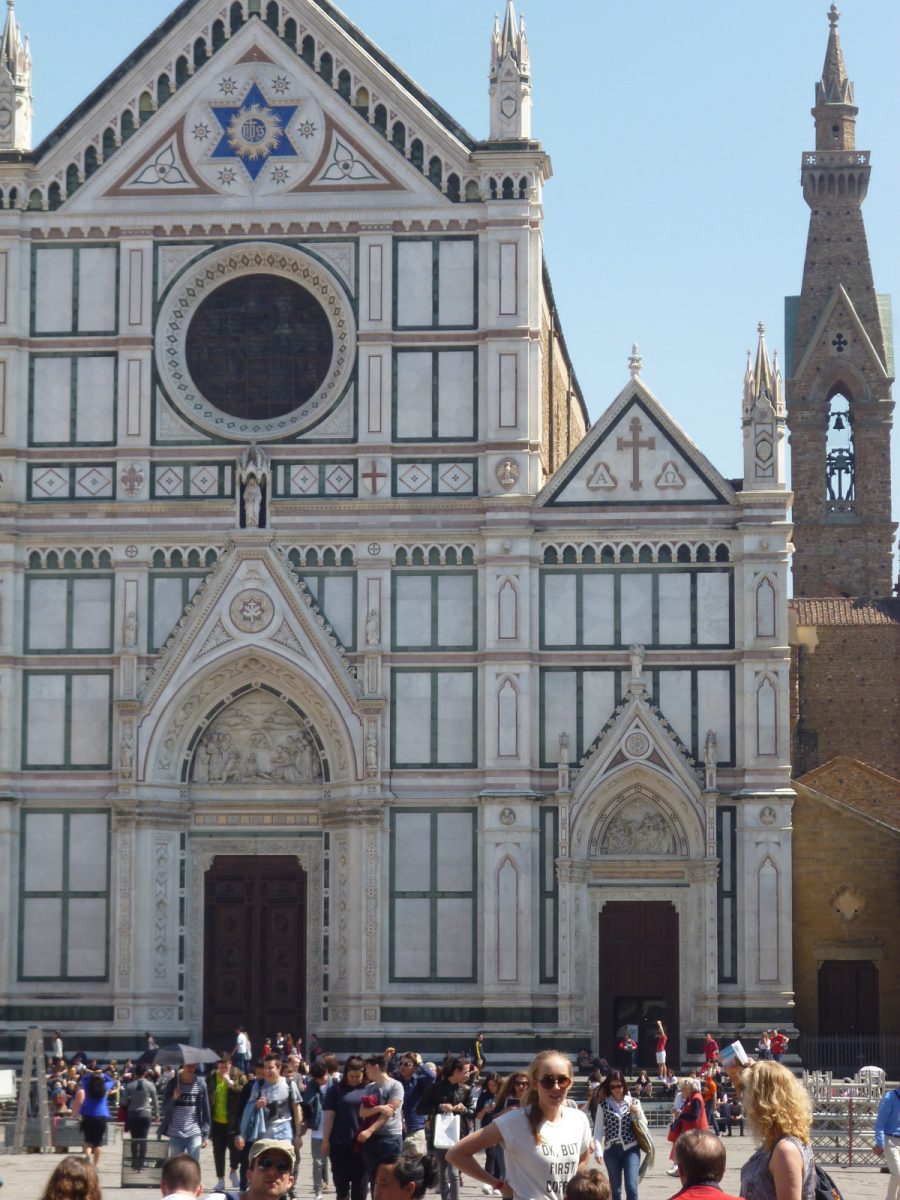
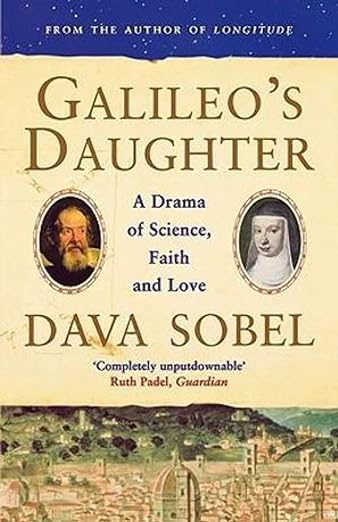
Florence’s Science Museum is named in his honour and it contains the only surviving instruments known to have been designed and built by Galileo, including two of his telescopes. The museum tells the history of scientific activity in Florence and Tuscany, including the role of the Medici family who patronised Galileo and later scientists and allowed early experiments to be carried out by the Accadamia del Cimento in the Boboli Gardens. This organisation, still a flourishing research institute today, was founded by students of Galileo in 1657 and funded by Grand Duke Ferdinand II. Many aspects of science are covered in the museum, including such areas as navigation, warfare, precision instruments and the measurement of light and electricity.
Galileo is buried in Santa Croce, where there is a memorial to him. Decades after his death, his tomb was moved, at which point a female corpse was found to be buried there too. It’s thought that he had requested that his daughter, the Poor Clare’s nun, Sister Maria Celeste, who had pre-deceased him, be reburied with him. They were known to be close and she had corresponded with her father during his last years. The letters survived and were used by the writer Dava Sobel as the basis of a novel about Galileo and his struggles with the catholic church. It’s called Galileo’s Daughter.
Listen to the POdcast
Reading suggestions
Galileo Antichrist: A Biography by Michael White
Galileo A Very Short Introduction by Stillman Drake
Galileo’s Daughter by Dava Sobel
links for this post
Previous episode The Palazzo Pitti
Next episode San Marco, Fra Angelico and Bartolomeo






